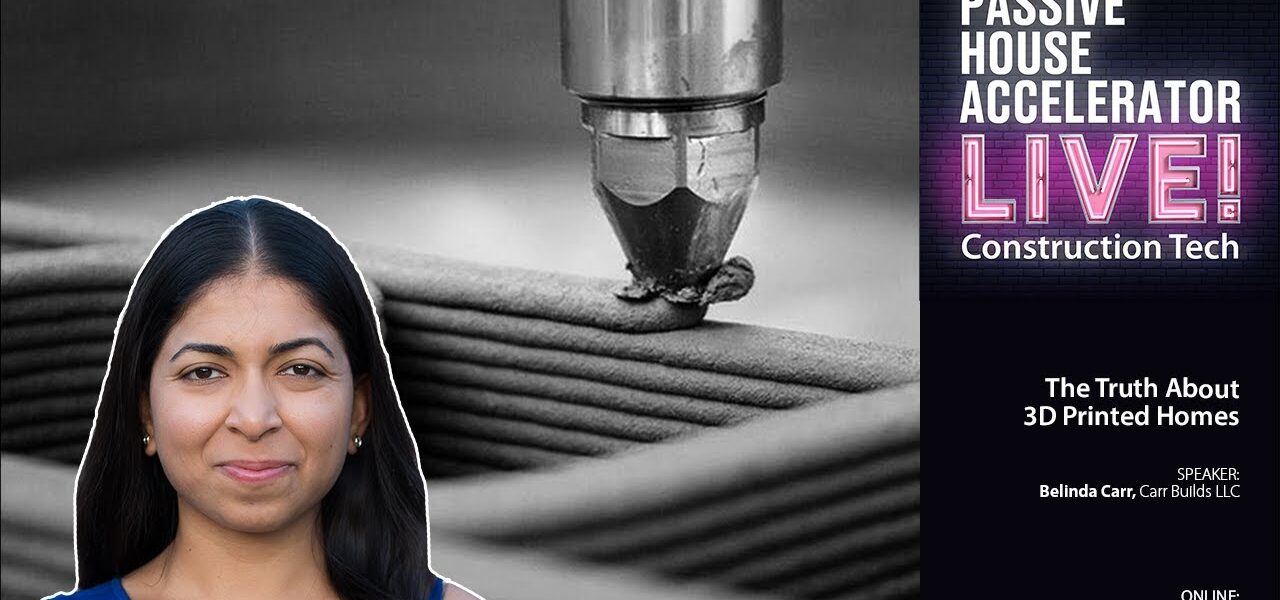Page Contents
The Truth About 3D
David Hancock
Head of Film and Cinema, Screen Digest
How has digital cinema, 3D in particular, changed the industry over the past few years?
The main changes have occurred in the past two years, as the number of digital screens has increased rapidly. This is due to 3D, but the emphasis is now changing to a wider 2D digital rollout. The first six years of digital cinema was about technology and standards, shifting to business only around 2005, when the US studios became involved in backing what are known as ‘party facilitators’.
There have been many changes due to digital; some positive, some potentially negative. The introduction of digital has seen the rise of new working practices, with hard drives taking the place of 35mm reels, and a new element of security involved in the opening and playing of these files. Digital distribution, using satellite and terrestrial means, is also taking off now, meaning cinemas are being equipped with satellite capability. This in itself has meant that cinemas can now also receive live events, such as operas, which is changing the nature of the cinema experience, and is bringing new demographic sections into the cinema.
3D is actually relatively recent, even in digital terms, and has really taken off in the past two years. I would argue that the digitisation of cinemas is more important than 3D, which is actually a subset of digitisation. Continues …
Bill Damaschke Co-President of Production for Feature Animation, DreamWorks
What are your thoughts on the current 3D revolution?
I think there’s a difference in 3D stereography in films, and CG animation in particular. I count Avatar as an almost animated movie in so many ways because of the care and love that’s gone into the detail of every frame of that movie. That’s what happens when you are working on those types of big visual effects films or animated films, and I think a great 3D treatment gives the audience the ability to experience that world; a world that is unlike their own in a way that is less appealing with a 2D treatment. So I think that if you are taking an audience to a place, whether it is the world of Pandora or the world of Vikings, spending more time in the 3D version of that movie is really exciting for them, whereas the world of a bedroom or backyard with toys needs it less. For our movies, we think about the 3D from the very earliest points of the creation of the movie. We think about how the 3D will serve the storytelling.
Do you think 3D does enhance the viewing experience?
Our film How to Train Your Dragon is a really great example of how 3D and the making of the 3D action really enhanced the storytelling. The look of the film is gorgeous and looks great in 3D. I definitely think it will be hard for every single movie that comes out every single weekend to be valid as a 3D event. Over time I think what will happen is the films that do well and enhance the storytelling will be the ones that people respond to. Continues…
Maria Costeira CEO, XpanD
What is your position within the 3D entertainment industry?
XpanD is the biggest 3D company in the world, with over 3,000 3D cinemas in 60 countries, consumer electronic products like XpanD Universal glasses, OEM services to CE like Philips and Vizio, global leadership in the educational 3D market together with DLP, 3D production activities and more. XpanD’s 3D footprint is in every aspect of the stereoscopic revolution.
How has the digital 3D entertainment industry changed over recent years?
When we did the first digital 3D demo during 2005 with James Cameron and Steven Spielberg, 3D was considered a gimmick. Yet, with the box-office success of 3D cinema, 3D became the driver of the cinema revolution and modern entertainment. With the availability of content, it is natural that 3D will shift from the cinema to the home, and, along with Panasonic, we developed the first 3DTV demo during CES 2009. This was so successful that it led all the CE companies to develop their own 3D applications. Currently 3D is a standard in the cinema, and in two-to-three years it will become a standard at home. Continues…
Brian Kercher Managing Director of 3D Cinema, MasterImage 3D (Europe)
What is your position within the 3D entertainment industry?
MasterImage 3D is an industry leader in the provision of 3D solutions for cinema, including the development of 3D displays which do not need glasses, and ASIC 3D cameras.
Why are audiences so taken with 3D?
Well, there’s a wonderful phrase in the industry: content is king. First there was colour images for cinema, then high-quality sound, and now I think 3D has finally taken the platform as the third great offering to cinema. But you’re only as good as the content you’re given. The latest 3D films—as we’ve just seen with Toy Story, Avatar and others— attract the masses because 3D has brought a new capability to the filmmaker, and it’s proven it’s no longer a gimmick. It’s here to stay and it’s of an exceptional quality now.
How has 3D helped the digital revolution?
3D has helped more for the transition from film projection to digital projection than any VPF [Virtual Print Fee] deal with the studios. On average across the world, something like 75 per cent of all digital projection investments had been because of 3D; it brought the added value that was necessary to the cinema for wanting to go from film to digital. Continues…
Joe Dante Director, The Hole 3D
Joe Dante has always been in the vanguard of visual effects, from the pesky puppets of Gremlins to the digital army of Small Soldiers, the miniature world of Innerspace and the seamless splicing of live footage and animation in Looney Tunes: Back In Action. Yet even he acknowledges it wasn’t enough. “A year after each of them came out, there were new things available that were different,” he sighs. “I’ve even done commercials just so I can keep up with the latest developments, because they go fast.”
Given this, it’s no surprise to learn that the 63-year-old Dante has joined the likes of James Cameron and Tim Burton and directed his first film in 3D. The story of two brothers who discover a bottomless pit of evil in their basement, as Dante notes, The Hole isn’t on the scale of Avatar or Alice in Wonderland. “It’s a small film for 3D,” he says. “It doesn’t have a lot of spectacle. It has a cast of six. It’s not really a giant movie. It’s quite intimate— though that was one of the reasons I wanted to do it in 3D. I wanted to get some scope into it.” Continues…
…
This article continues in movieScope Magazine, Issue 18 (August/ September 2010)










